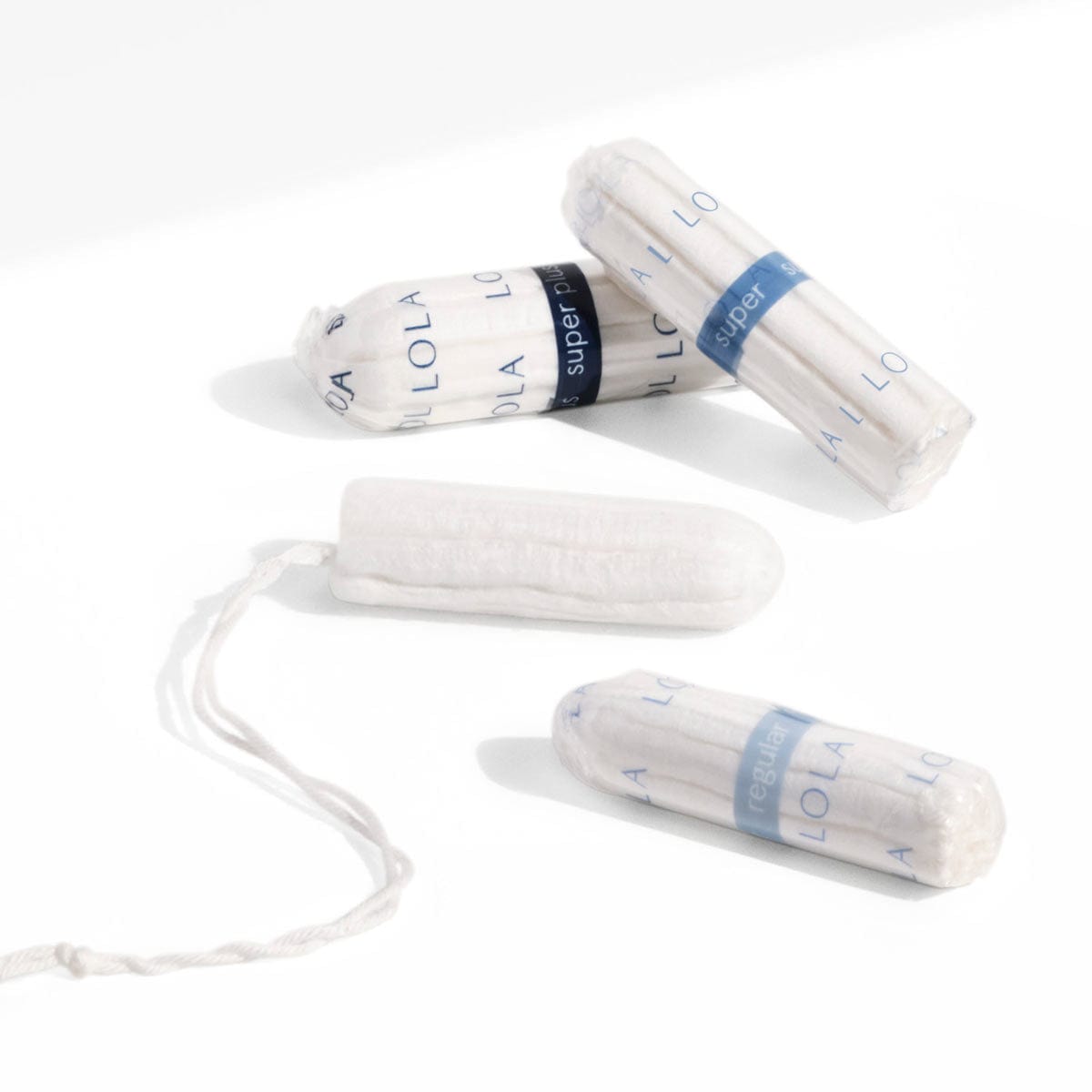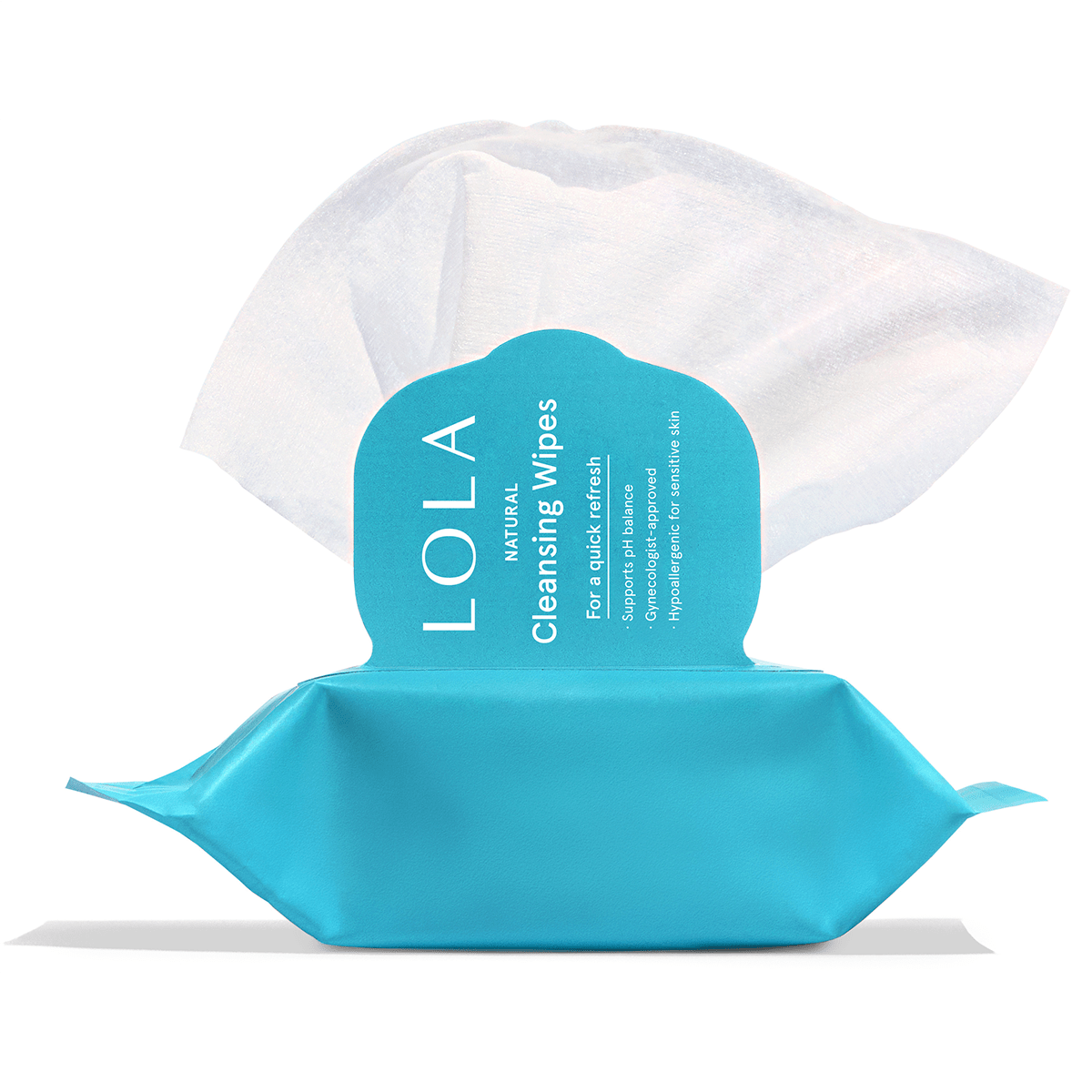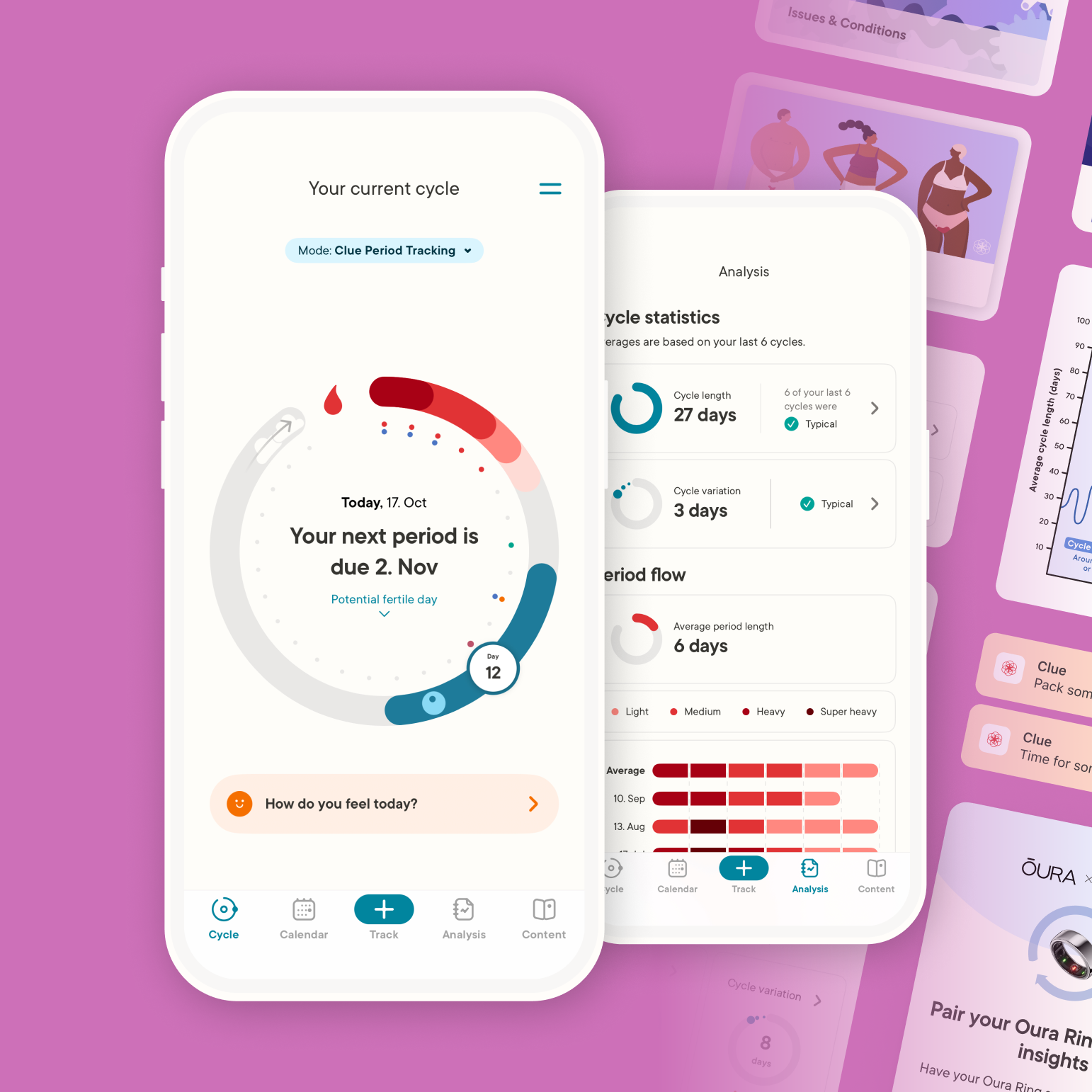Think of your period like a rainbow. While period blood doesn't include the full spectrum of the sun, it's perfectly normal to have varying shades of red during menstruation. And sometimes it's black. A change in hue is usually a sign of how quickly the blood is leaving the uterus, so don't panic if you notice a lot of brown right before or during your period.
Dr. Navya Mysore, a primary care physician and director at One Medical, says the change in period blood is usually due to contact with the air and oxygen.
Change in the color of your period blood is totally normal. The color change happens because of contact with air and oxygen that's coming through your cervix. At the beginning of your period, the surface of your endometrial lining starts to shed. When it sheds, it can look dark in color and almost black. As your lining continues to shed at a quicker pace, there is less time for it to be in contact with oxygen and the color will be lighter and closer to a brighter red color.
But on some occasions, it can be a sign that something is wrong. Here's a run down of what you need to know about the different colors that show up during your cycle.
If your period blood is pink:
At the beginning of your period, a light flow might mix with cervical fluid and come out pink. However, the pale shade could also be a sign of low estrogen levels associated with certain hormonal birth control or perimenopause. Pink blood can also indicate an iron deficiency. "If your period has suddenly become incredibly light, kind of pale, and much less concentrated, it's possible you're anemic," says Dr. Dweck.
If your period blood is red:
Blood that is fresh and flowing quickly is bright red. If your period wakes you up in the middle of the night " or you've been taking an afternoon nap " the pooling blood might turn a darker shade of red.
If your period blood is brown:
Brown blood often shows up at the beginning or end of a period when your flow isn't at full speed. Without a vigorous push, the blood hangs around in the uterus for longer, and "the iron in the hemoglobin molecules in the blood begin to break down," writes Dr. Lissa Rankin, a gynecologist and author of "What's Up Down There?".
Basically, the blood starts to rust. It might look less than fresh, but it's perfectly healthy.
Help your child navigate their first period with confidence. Download our comprehensive First Period Guide for honest advice and practical tips. Download the FREE Guide
If your period blood is black:
If blood takes a lot longer than usual to leave the uterus, it can turn black for the same reason it turns brown. When the uterine lining is done actively sloughing off, sluggish, old blood stays in the body longer and can come out much darker and thicker than what you see at the beginning of the cycle " think a paste of coffee grinds. "It's just flowing much more slowly and it has time to oxidize and change color," says Dr. Alyssa Dweck, a gynecologist in Westchester County, New York.
When should I worry about the color of my period blood?
Brown discharge that happens outside of your period, and accompanies a fever or pain, can be a sign of pelvic inflammatory disease " an infection of the cervix and uterus, or a sexually transmitted infection like gonorrhea or chlamydia. Those with polycystic ovary syndrome, a hormonal imbalance, might see some brown spotting. And though it is typically normal, black period blood could also indicate a blockage in your vagina. If you experience this color alongside other factors of irritation like fever or itching, you should call your doctor.
Orange, grey, or green discharge, especially if you're not expecting your period, can be a sign of an infection like bacterial vaginosis or trichomoniasis " an STI caused by a parasite. In rare cases, brown or pale discharge with a foul odor can be a sign of cervical cancer. And if you're pregnant and notice light pink, brown, or bright-red bleeding or spotting, head to a doctor. While 20-30 percent of pregnant people experience some bleeding, discharge could be a sign of a miscarriage.
But if you're not pregnant and notice a change in your menstrual cycle that lasts for more than a few cycles "whether it's in color, flow, or frequency" you might want to check in with your gynecologist. Otherwise, menstrual blood that varies in color isn't a reason for concern.
"Women know their cycles and if something is off, they know about it," says Dr. Dweck. "We're our best gauge as to what's normal."
If your period has burdened you with leaks and underwear stains, check out our tips for getting period blood stains out of underwear.
Manage your period with confidence. Discover our range of tampons, pads, and liners designed for comfort and protection, all made with 100% organic cotton. Shop Our Period Collection













